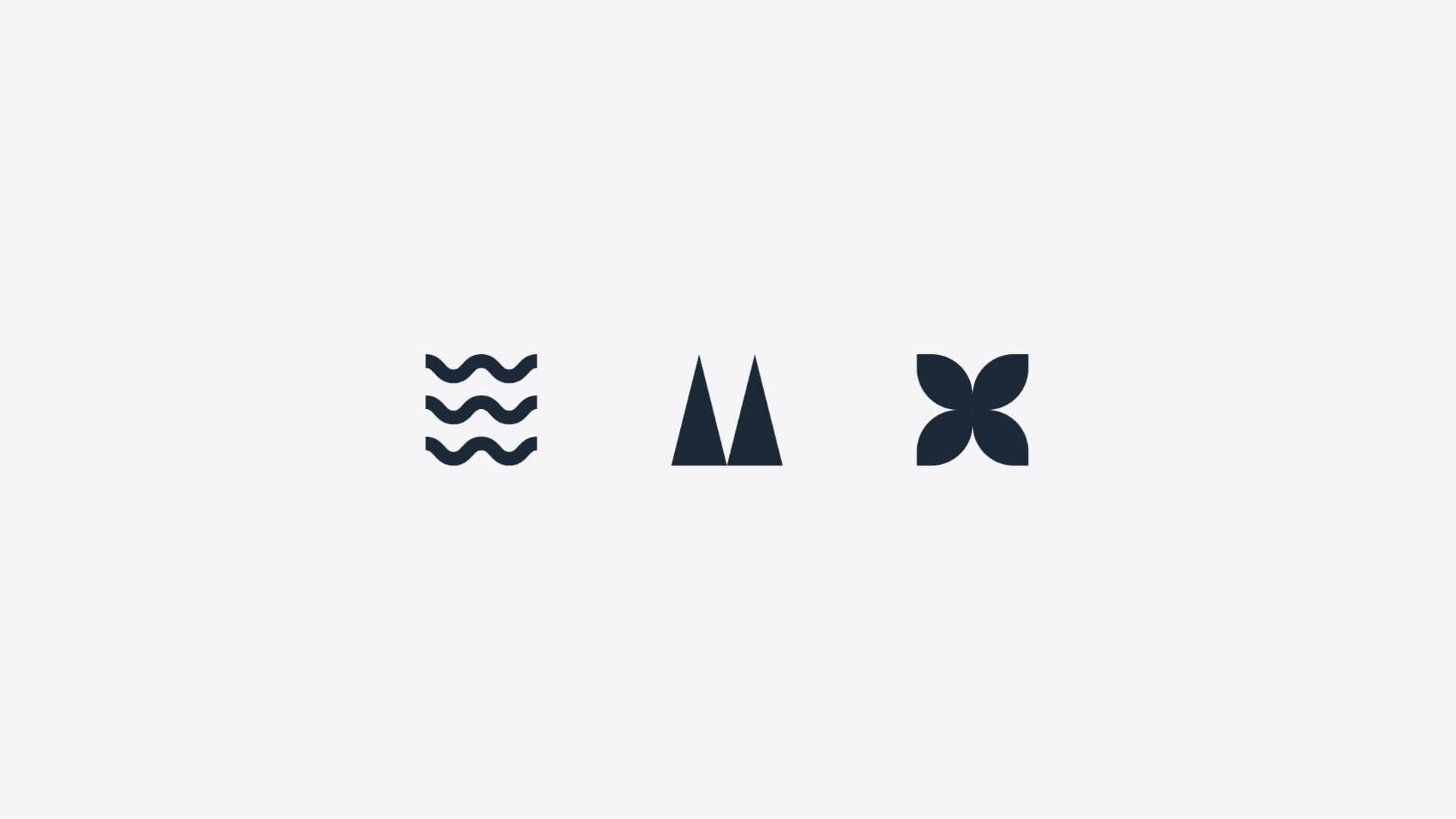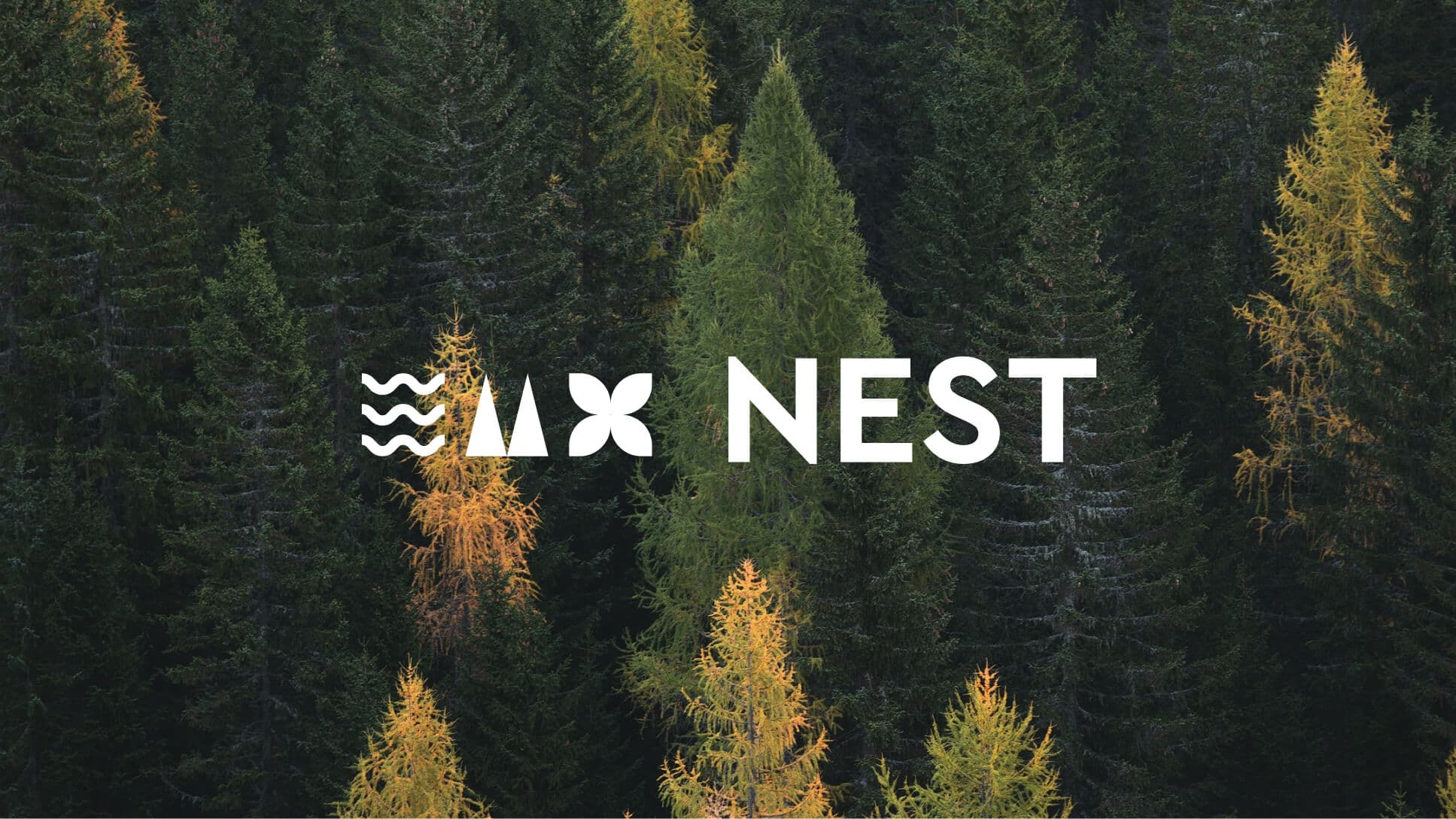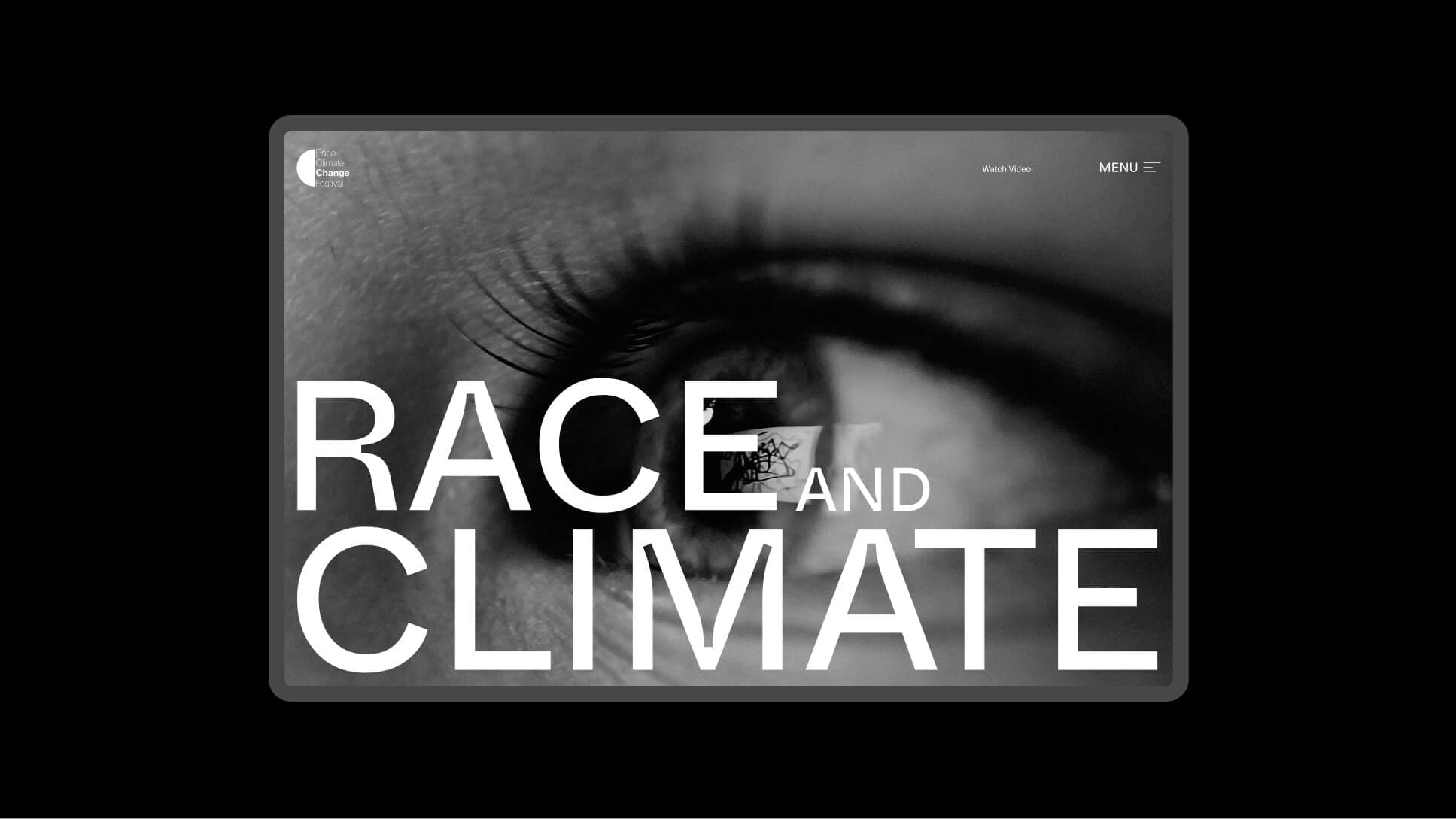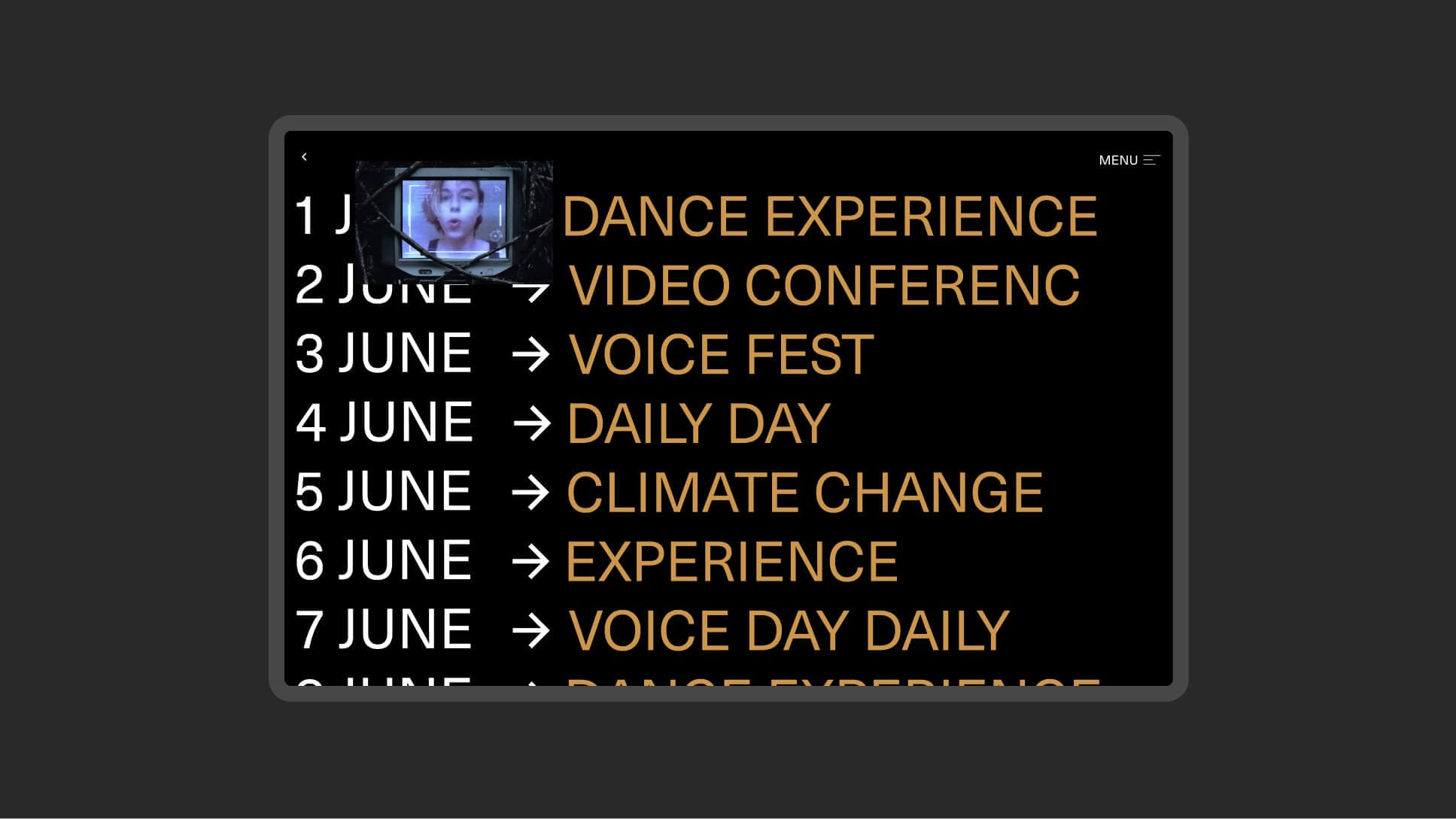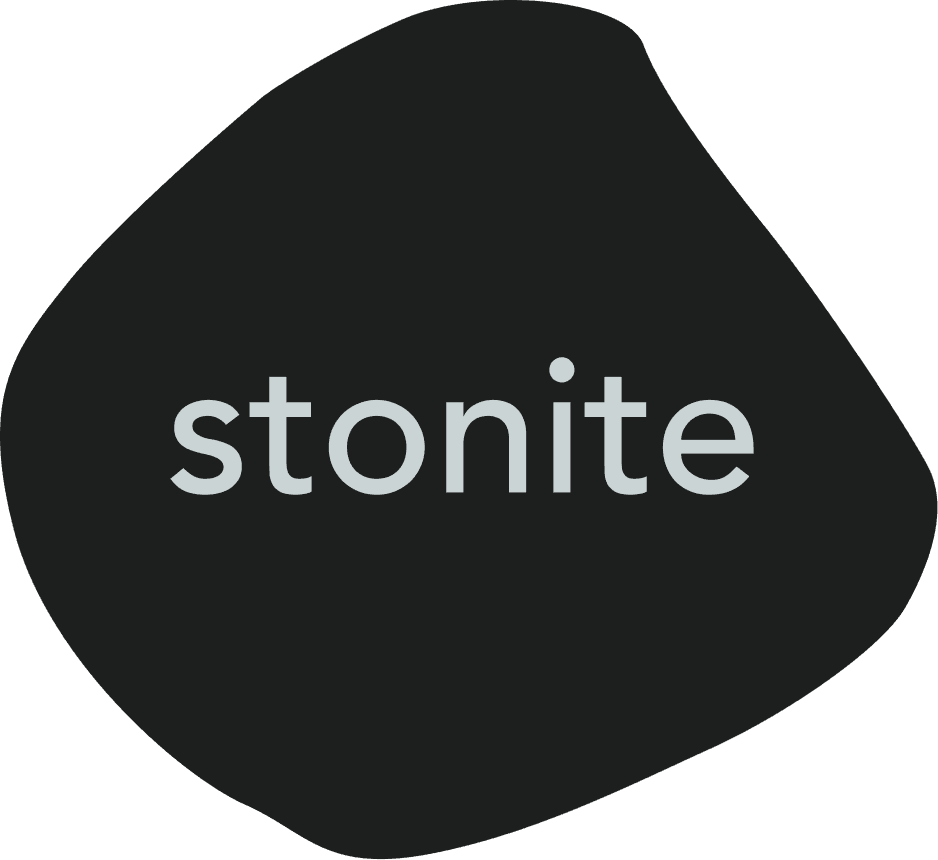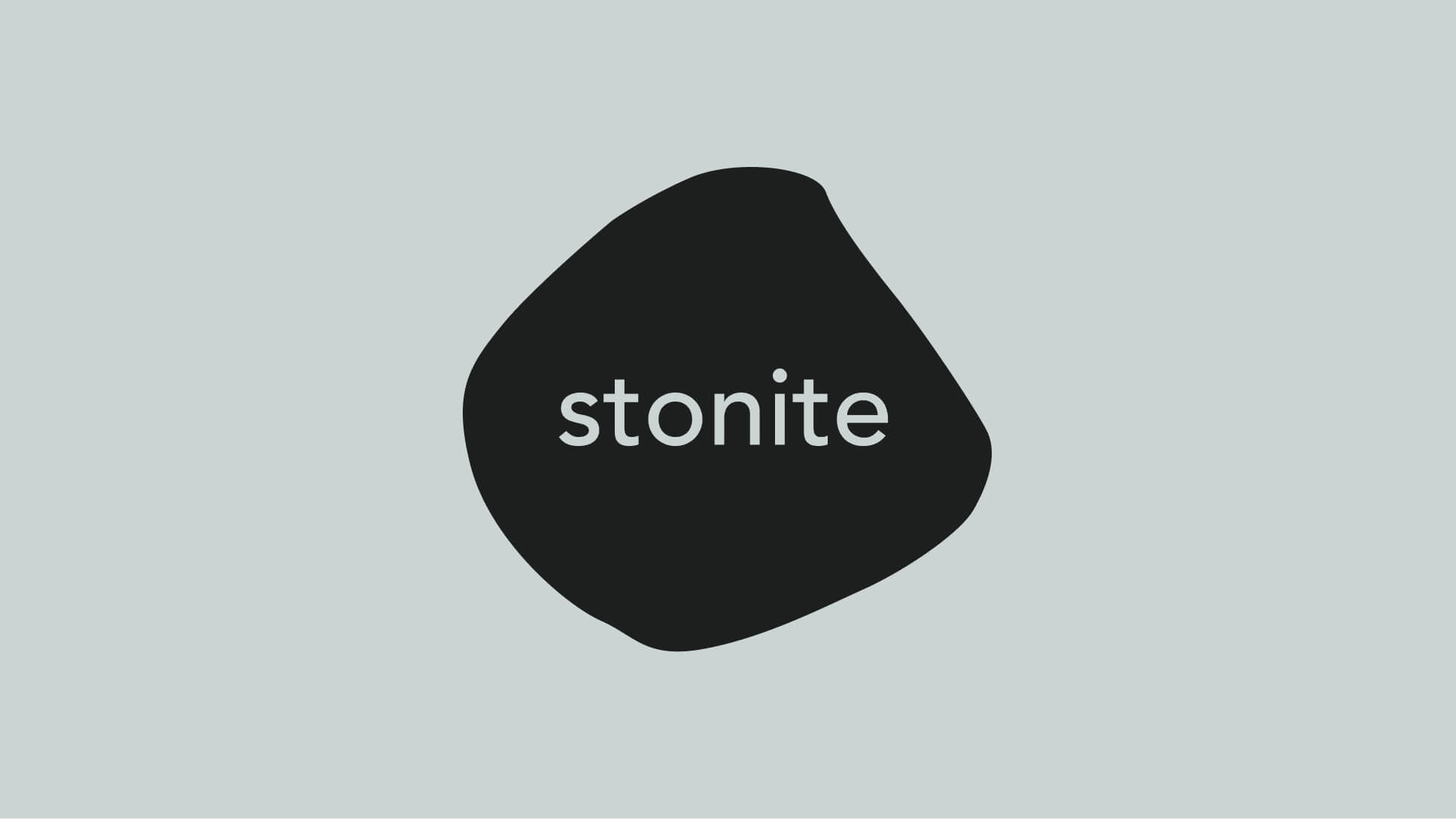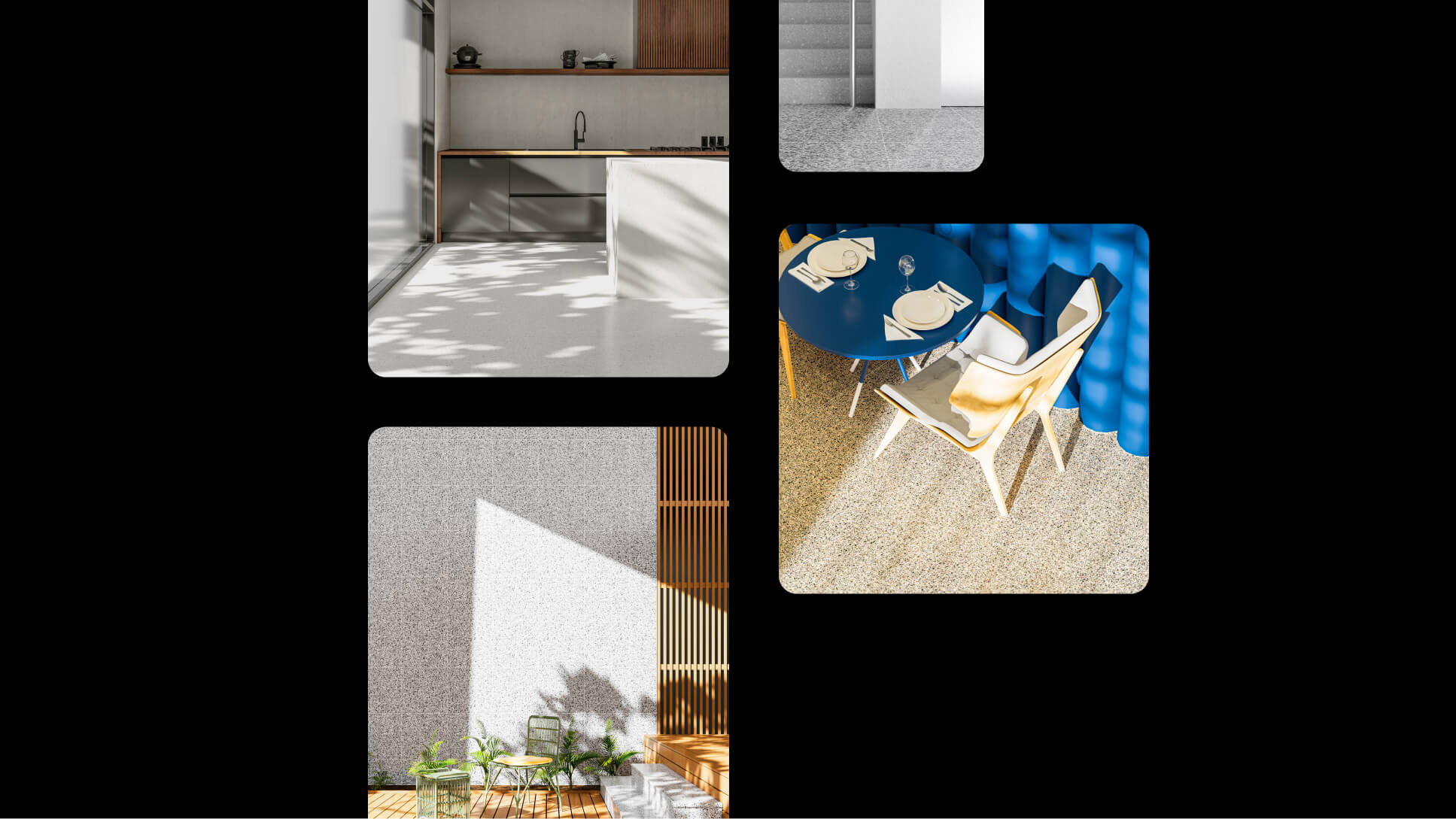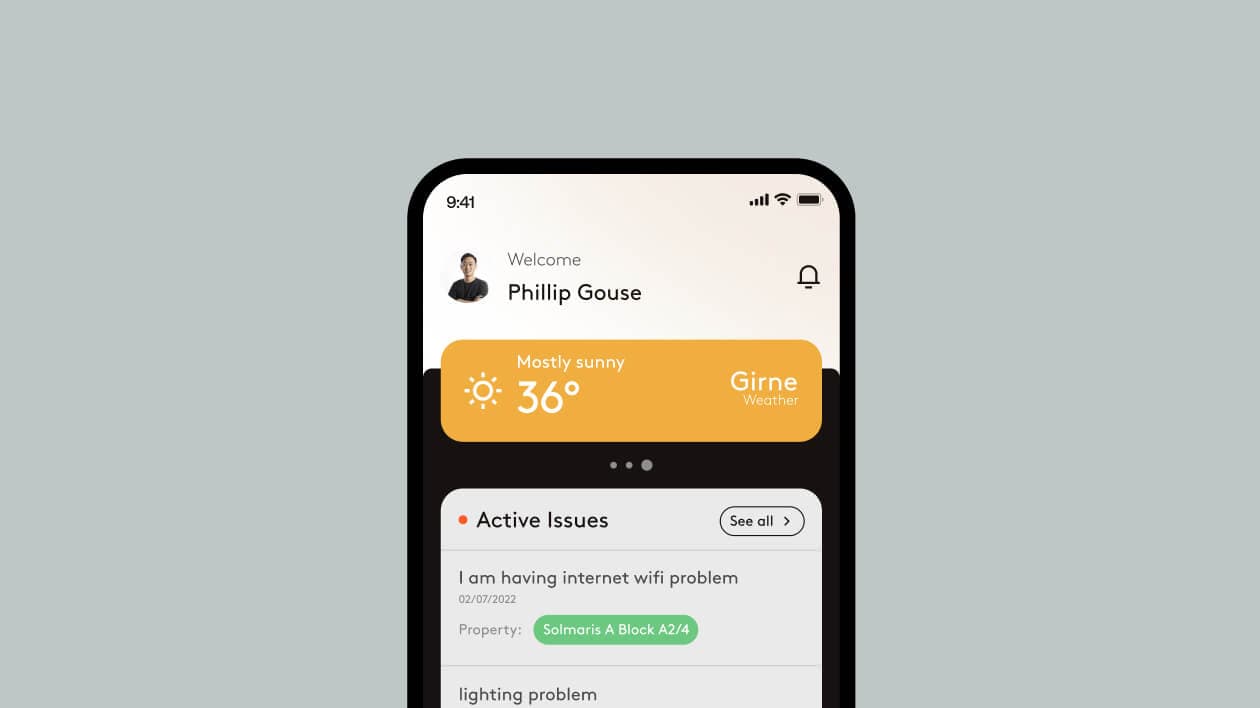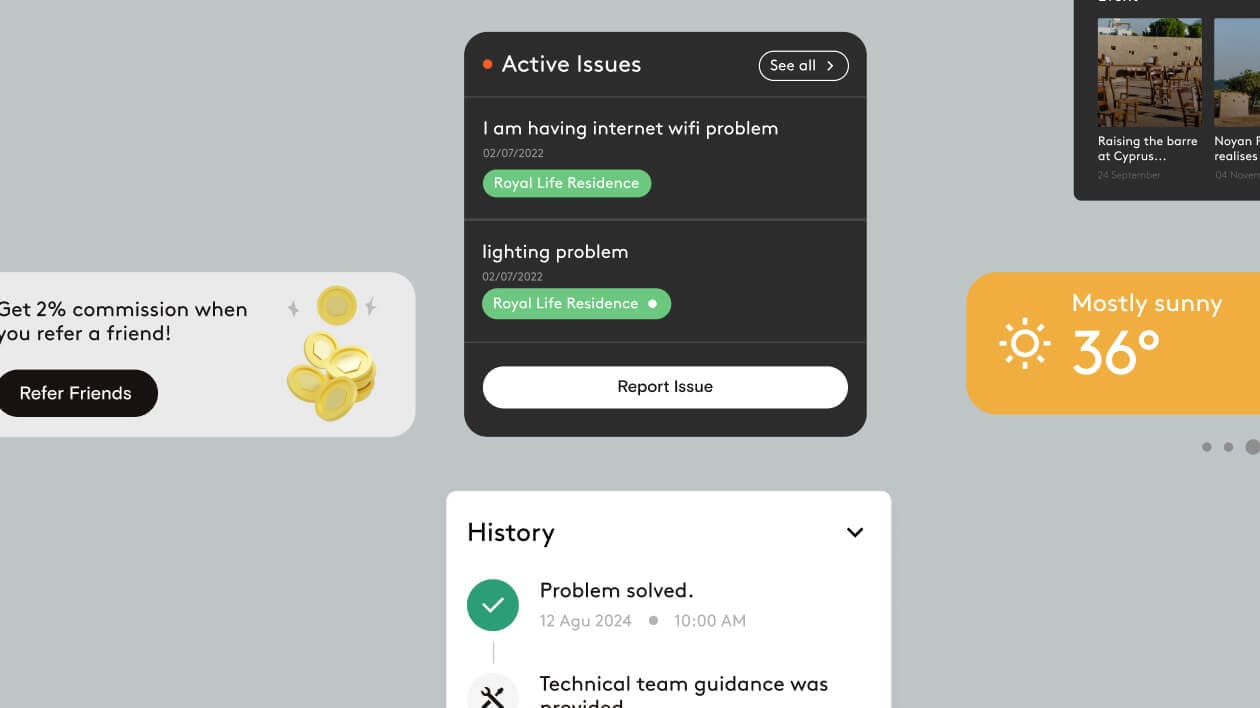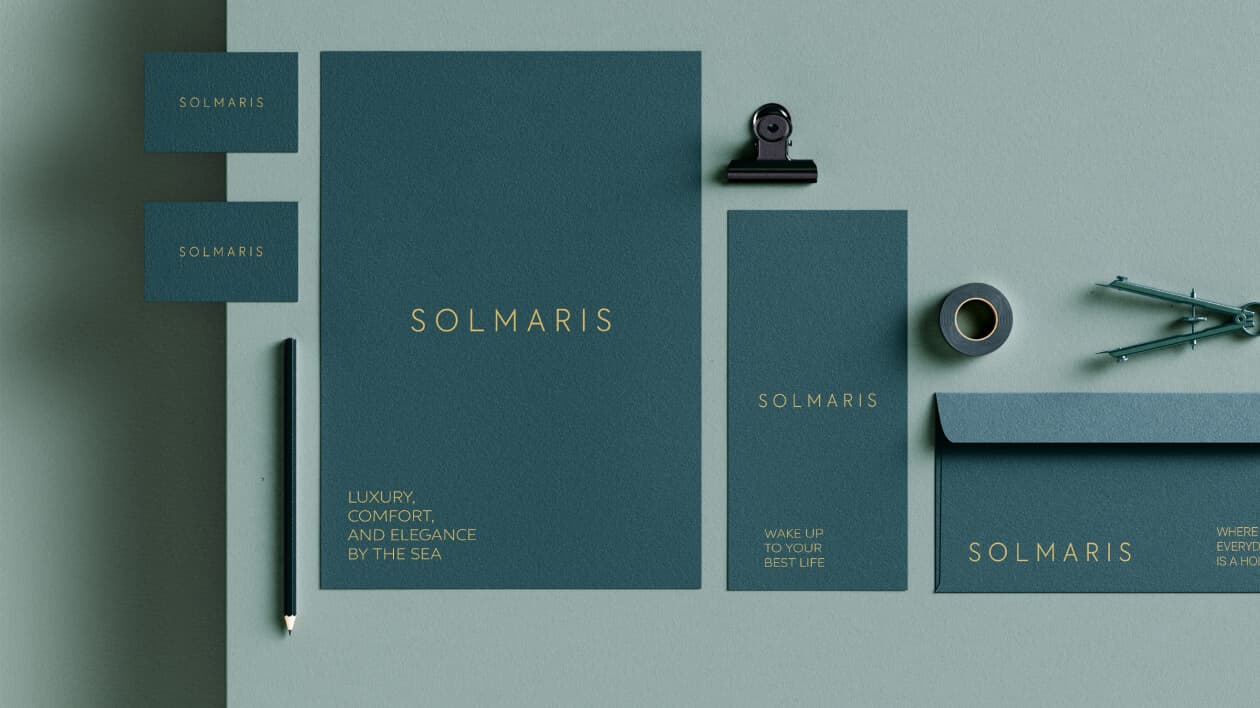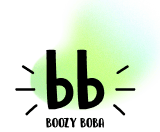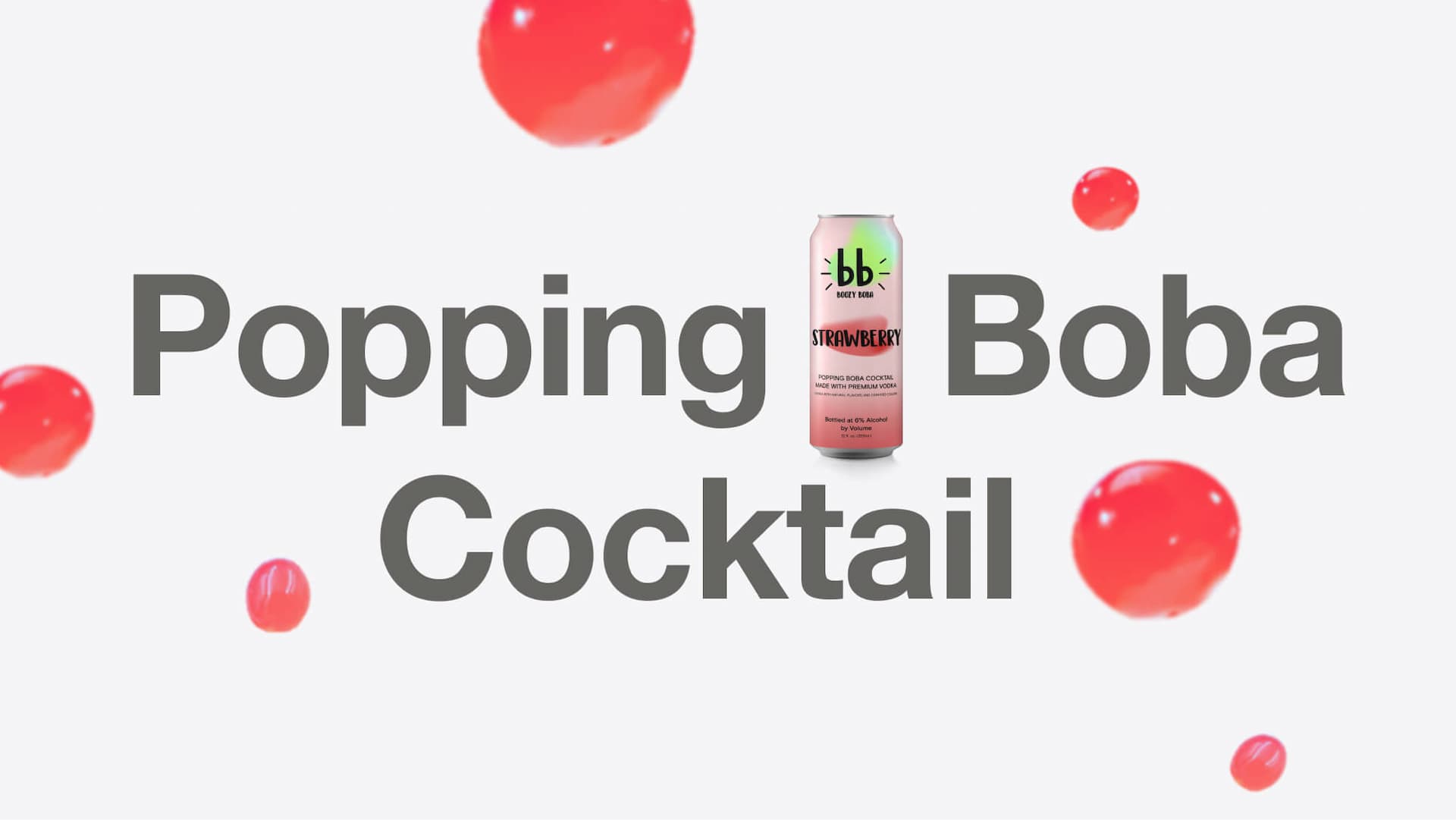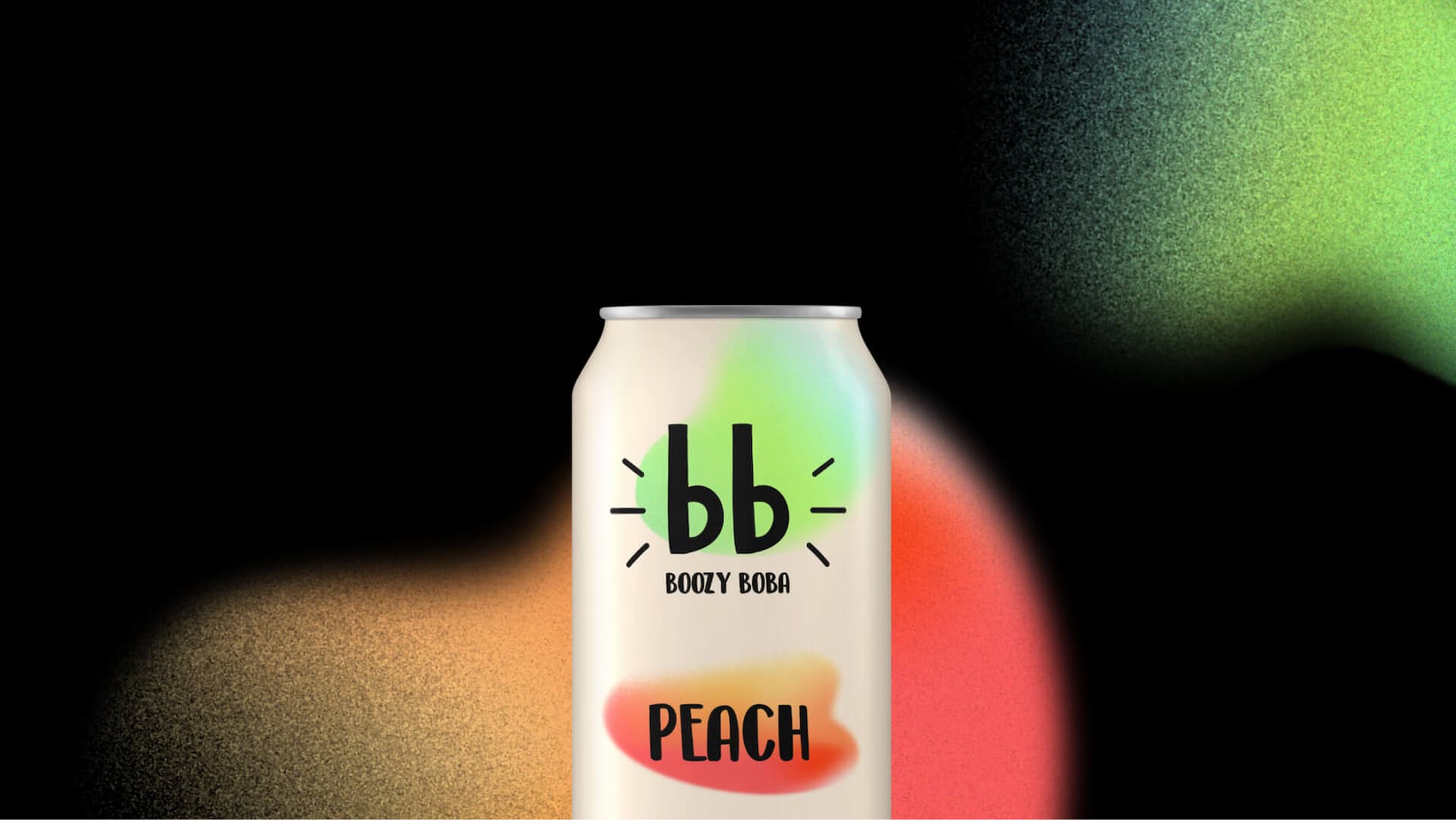Prototyping Development
Bring your ideas to life with our expert prototyping development services. We craft functional prototypes that help you visualize, test, and refine your product before committing to full-scale development. Our team of experienced developers uses cutting-edge technologies to create interactive and engaging prototypes that accurately represent your vision.
Agile Development
We embrace an agile development methodology, allowing for flexibility and iterative improvements throughout the prototyping process. We work closely with you to gather feedback and make adjustments as needed.
Collaborative Process
We believe in a collaborative approach to prototyping development. We work closely with you throughout the process to ensure that the prototype meets your expectations and aligns with your vision.
Technology Expertise
Our team of experienced developers has expertise in a wide range of prototyping technologies, allowing us to create prototypes that are both functional and visually appealing.
User-Centered Design
We prioritize user experience and design prototypes that are intuitive, engaging, and meet the needs of your target audience. We conduct user research and testing to ensure that our prototypes are user-friendly and effective.
Design
We craft meaningful digital experiences that captivate and engage, blending creativity with strategy. From concept to execution, we make your brand stand out.
We shape distinctive brands that resonate, ensuring every element reflects your business’s core values.
Our branding process builds emotional connections, making your brand memorable and positioning it for long-term success in the market.
Absolutely! We encourage you to provide feedback on the prototype at every stage of the development process. Your input is invaluable in ensuring that the prototype meets your needs and expectations. We will work with you to incorporate your feedback and make any necessary revisions.
Yes, prototypes are valuable for internal testing as well. They allow your team to test the product's functionality, identify potential bugs, and ensure that it meets your requirements before releasing it to users. Internal testing can help you improve the product's quality and reduce the risk of errors.
Yes, prototypes are excellent for user testing. They allow you to gather valuable feedback from potential users and identify any usability issues before committing to full-scale development. User testing can help you refine the user experience, improve the product's functionality, and increase its chances of success.
Yes, a well-designed prototype can be a valuable tool for raising funding for your project. It allows potential investors to visualize your product and understand its value proposition. A functional prototype can demonstrate the feasibility of your idea and increase investor confidence.
Choosing the right prototyping tool depends on the complexity of your project, your budget, and your team's skillset. Some tools are better suited for low-fidelity prototypes, while others offer more advanced features for high-fidelity prototypes. Consider your needs and explore different tools to find the best fit for your project.
Getting started with prototyping development is easy. Simply contact us and tell us about your project. We will work with you to understand your needs, define the scope of the project, and create a prototype that meets your requirements. We are happy to answer any questions you may have and guide you through the process.
Prototyping development is a valuable investment for any project that involves a new product or feature. If you are unsure whether it is right for your project, we are happy to discuss your needs and provide guidance. We can help you determine if prototyping is the best approach for your specific situation.
Once the prototype is created, it's important to maintain it and keep it updated as your product evolves. This may involve making changes to the design, functionality, or content. You can use the same prototyping tool to make updates and ensure that the prototype remains a true representation of your product.
The cost of prototyping development depends on the complexity of the project, the scope of work, and the technologies used. We offer flexible pricing packages to meet your budget. Contact us for a free quote.
Here are some common prototyping mistakes to avoid: * **Not testing enough:** It's crucial to test your prototype with users and gather feedback early and often. * **Overcomplicating the prototype:** Keep your prototype simple and focused on the core functionality. * **Not involving stakeholders:** Make sure to involve stakeholders in the prototyping process to ensure that the prototype meets their expectations. * **Not iterating based on feedback:** Use feedback from testing and stakeholders to iterate on your prototype and improve its design and functionality. * **Not using the right prototyping tool:** Choose a tool that is appropriate for your project and your team's skillset.
Prototyping development offers numerous benefits, including: * **Reduced development costs:** By identifying and addressing issues early on, prototyping can help reduce development costs and prevent costly rework later in the process. * **Improved user experience:** Prototypes allow you to test different design and functionality options with users and gather feedback to improve the user experience. * **Faster time to market:** Prototyping can help speed up the development process by allowing you to identify and resolve issues early on. * **Increased stakeholder buy-in:** Prototypes can help stakeholders visualize the product and understand its features, increasing their confidence in the project. * **Reduced risk:** Prototyping helps mitigate risk by allowing you to test and validate your ideas before committing to full-scale development.
Saypr offers a range of benefits for prototyping development, including: * **Experienced team:** Our team of experienced developers has a proven track record of success in prototyping development. * **Cutting-edge technologies:** We use the latest technologies to create high-quality prototypes that meet your needs. * **User-centric approach:** We prioritize user experience and strive to create prototypes that are intuitive and engaging. * **Collaborative process:** We work closely with you throughout the development process to ensure that the prototype meets your expectations. * **Competitive pricing:** We offer flexible pricing packages to meet your budget.
The prototyping development process typically involves the following stages: * **Discovery:** We work with you to understand your project requirements, goals, and target audience. * **Planning:** We create a detailed plan for the prototype, including the scope of work, timeline, and budget. * **Design:** We create the visual design of the prototype, including the user interface, user flow, and interactive elements. * **Development:** We build the functional prototype using the chosen technologies. * **Testing:** We test the prototype to ensure that it meets your requirements and provides a seamless user experience. * **Iteration:** We make any necessary revisions to the prototype based on feedback from testing and stakeholders. * **Delivery:** We deliver the final prototype to you for your review and approval.
Prototyping development is the process of creating a working model of a product or feature. This model, called a prototype, allows you to test and refine your idea before committing to full-scale development. It helps you visualize how your product will work, identify potential issues, and gather feedback from users. Prototyping is essential for ensuring that your product is user-friendly, meets your business needs, and has a high chance of success.
A prototype is a functional and interactive representation of a product, while a mockup is a static visual representation. A mockup focuses on the visual design and layout of the product, while a prototype allows users to interact with the product and experience its functionality. Prototypes are often used for testing user experience and gathering feedback, while mockups are used for communicating design ideas and getting feedback on the visual aesthetics.
While wireframing and prototyping are both used in the design process, they serve different purposes. Wireframing focuses on the structure and layout of a product, while prototyping goes a step further by creating a functional and interactive version of the product. Wireframes are typically low-fidelity, while prototypes can be low-fidelity or high-fidelity depending on the project requirements. Prototyping allows you to test and refine your ideas more comprehensively than wireframing.
Prototyping plays a crucial role in the design thinking process. It is part of the "prototype" phase, where you create a tangible representation of your idea to test and refine it. By creating and testing prototypes, you can quickly iterate on your design and ensure that it meets the needs of your users.
The timeline for prototyping development varies depending on the complexity of the project. However, we typically aim to deliver a functional prototype within a few weeks. We will provide you with regular updates and keep you informed throughout the process.
We use a variety of technologies for prototyping development, depending on the specific project requirements. Some of the tools we use include: * **Figma:** A popular web-based design tool that allows for creating interactive prototypes. * **Adobe XD:** Another powerful design tool that offers a range of prototyping features. * **InVision Studio:** A design and prototyping tool that focuses on user experience and interaction design. * **Proto.io:** A cloud-based prototyping tool that offers a wide range of features, including animation and interactive elements. * **Webflow:** A web design platform that also allows for creating interactive prototypes. * **Framer:** A prototyping tool that uses code to create highly interactive and customizable prototypes.
We create a wide range of prototypes, including: * **Low-fidelity prototypes:** These are simple, basic prototypes that focus on the core functionality and user flow. They are often created using tools like paper or whiteboard sketches, or simple wireframes. * **High-fidelity prototypes:** These are more detailed and visually appealing prototypes that closely resemble the final product. They may include interactive elements, animations, and realistic visuals. * **Interactive prototypes:** These prototypes allow users to interact with the product and experience its functionality. They are often used for testing user interfaces, workflows, and user experience.

